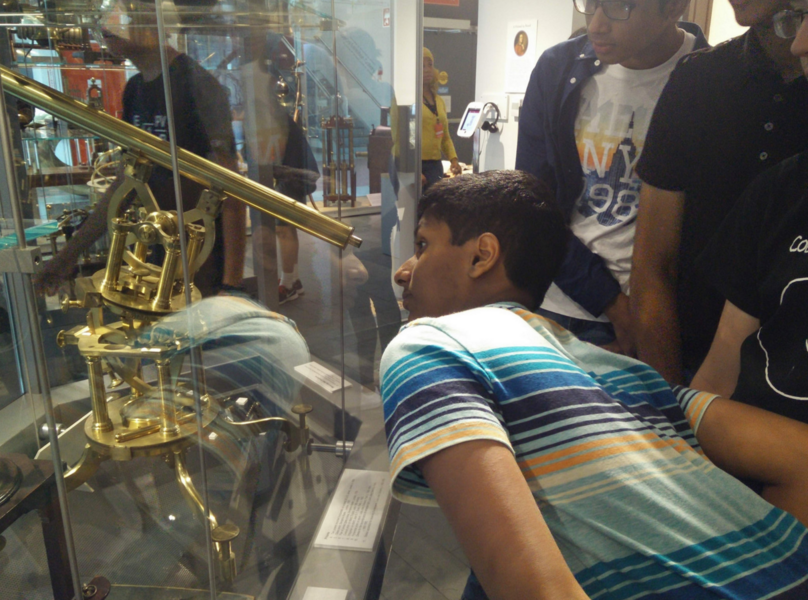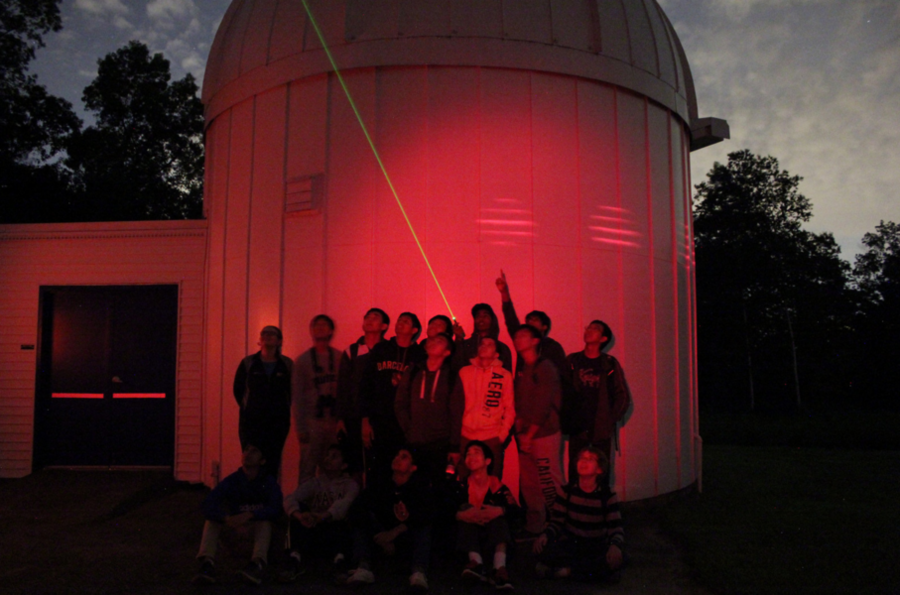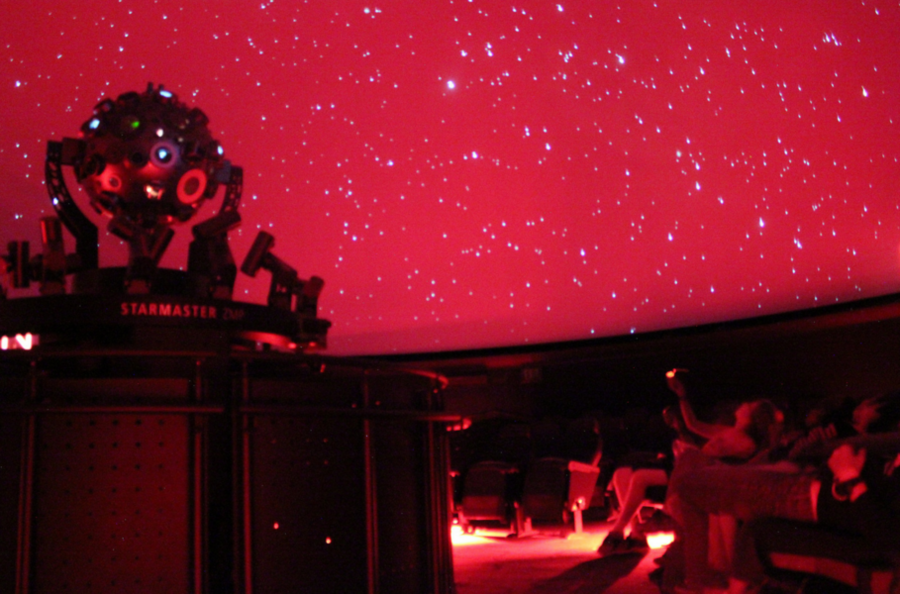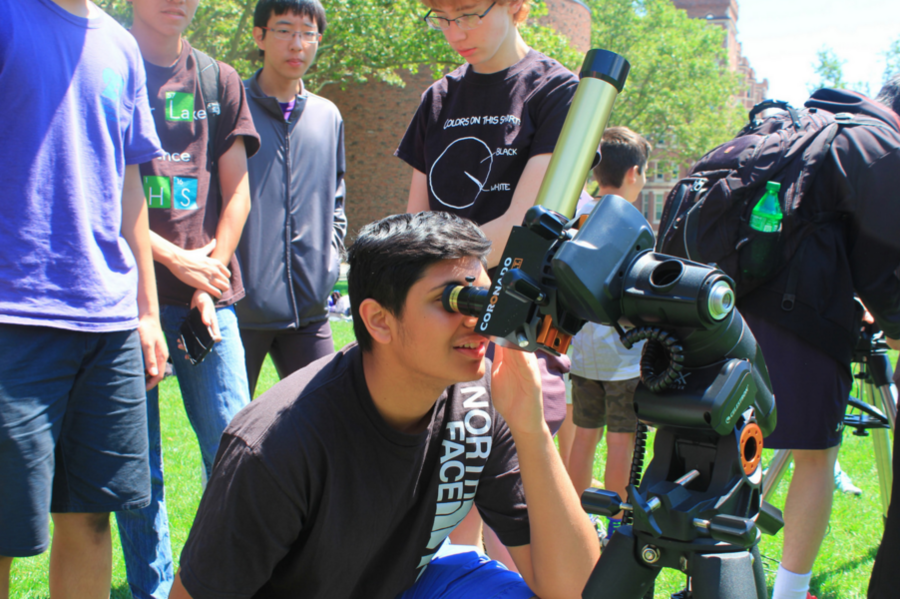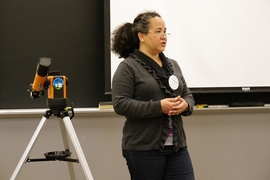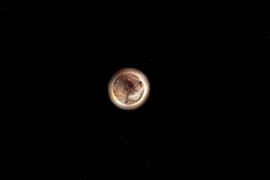During the last week in July, 15 high school students from across the U.S. traveled to MIT to participate in the second annual MIT Astronomy Training Camp (ATC), in support of the USA Astronomy and Astrophysics Olympiad (USAAAO), the student-run national astronomy team.
The group included four of the five USAAAO 2017 team members, plus 11 others participating in the camp out of a curiosity about astronomy — and to perhaps land a spot on next year's team.
USAAAO team members study astronomical theory throughout the year on their own and through weekly online group chats. The weeklong residential training camp supplements this self-study by focusing on topics that are difficult to learn on one's own: how to set up and use a telescope, how to recognize constellations, and how to analyze astronomical data.
The ATC is run by Amanda Bosh a senior lecturer in MIT’s Department of Earth, Atmospheric and Planetary Sciences (EAPS). "I'm so impressed by the incredible dedication of the student organizers of the USAAAO. They formed a national team on their own, and previous team members have been working with new team members to help prepare for the international competition. For the International Olympiad on Astronomy and Astrophysics, many countries support their teams on a national level, with years of assistance and training. At MIT, we're helping out by providing resources in the form of telescopes to use for practice, a space for students to come together and learn as a group, and assistance from myself and MIT undergraduates."
Classes at the camp were taught by Bosh and by Harvard University graduate students Roxana Pop and Ioana Zelko. Also participating were MIT undergraduates Evan Tey, Cecilia Siqueiros, Max Kessler, and Viban Gonzalez as well as Anicia Arredondo and Bryan Brzycki. Chris Peterson, senior assistant director with MIT’s Department of Undergraduate Education, helped with logistics.
ATC activities included an opening reception in the Ida Green Lounge of MIT Building 54; a tour of campus with Ho Chit Siu SM '15, an EAPS graduate who is currently a PhD candidate aeronautics and astronautics; night sky observing on the rooftop observing platform used by Observe@MIT (on Building 37); a trip to the Wallace Astrophysical Observatory, and a field trip to the Harvard Museum to view an exhibit on scientific instruments.
A visit to the Charles Hayden Planetarium at the Museum of Science in Boston was made possible by a special gift to the Astronomy Training Camp from Robert N. Gurnitz '60, SM '61, PhD '66 and his wife, Ellen, who also sponsored last year’s pilot Astronomy Training Camp. Their generous gift allowed the students to have a private session at the planetarium, where Planetarium Coordinator Talia Sepersky had prepared their state-of-the-art Zeiss Starmaster projector to show the night sky as it will appear in Thailand in November (the time and place of the competition). Using laser pointers, the camp participants pointed out constellations, bright stars, and deep sky objects with Sepersky blinking on the constellation lines and boundaries to assist the students in identifying the smaller and fainter stellar groupings.
On Friday, the last full day of camp, the students were treated to in-depth talks on cosmology by MIT Kavli Institute for Astrophysics and Space Research postdoc Paul Torrey, and on exoplanets by EAPS Heising-Simons Fellow Jason Dittmann. Lively conversations on current research followed each presentation.
The camp was clearly a once in a lifetime experience for these students. As one participant put it: “The opportunity to learn and talk with other students who are just as passionate as you is one of the best experiences you can have as a high school student interested in astronomy and astrophysics.”

